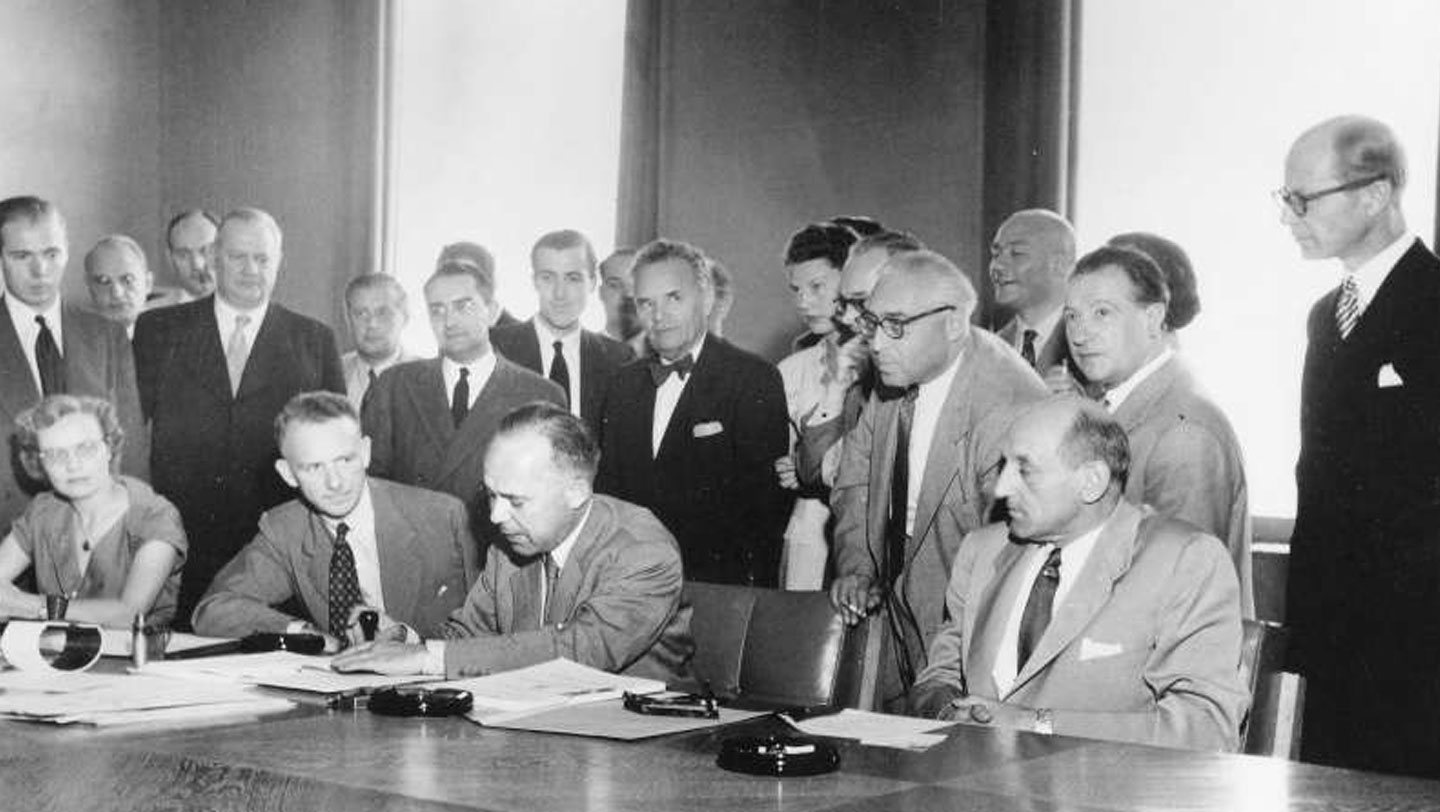The 1951 Refugee Convention and 1967 Protocol
The most frequently asked questions about the treaty and its protocol.
A refugee, according to the Convention, is someone who is unable or unwilling to return to their country of origin owing to a well-founded fear of being persecuted for reasons of race, religion, nationality, membership of a particular social group, or political opinion.
This Convention shall not apply to persons who are at present receiving from organs or agencies of the United Nations other than the United Nations High Commissioner for Refugees protection or assistance.
The provisions of this Convention shall not apply to any person with respect to whom there are serious reasons for considering that:
(a) he has committed a crime against peace, a war crime, or a crime against humanity, as defined in the international instruments drawn up to make provision in respect of such crimes;
(b) he has committed a serious non-political crime outside the country of refuge prior to his admission to that country as a refugee;
(c) he has been guilty of acts contrary to the purposes and principles of the United Nations
The Convention is both a status and rights-based instrument and is underpinned by a number of fundamental principles, most notably non-discrimination, non-penalization and non-refoulement.
Every refugee has duties to the country in which he finds himself, which require in particular that he conform to its laws and regulations as well as to measures taken for the maintenance of public order.

